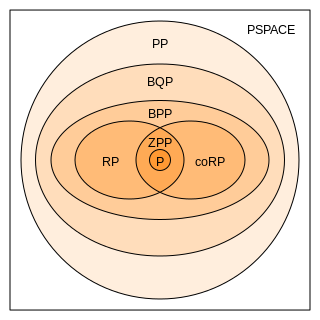Description
Formal definition
A Positive Range Concatenation Grammar (PRCG) is a tuple , where:
- , and are disjoint finite sets of (respectively) predicate names, terminal symbols and variable names. Each predicate name has an associated arity given by the function .
- is the start predicate name and verify .
- is a finite set of clauses of the form , where the are predicates of the form with and .
A Negative Range Concatenation Grammar (NRCG) is defined like a PRCG, but with the addition that some predicates occurring in the right-hand side of a clause can have the form . Such predicates are called negative predicates.
A Range Concatenation Grammar is a positive or a negative one. Although PRCGs are technically NRCGs, the terms are used to highlight the absence (PRCG) or presence (NRCG) of negative predicates.
A range in a word is a couple , with , where is the length of . Variables bind to ranges, not to arbitrary strings of nonterminals. Two ranges and can be concatenated iff , and we then have: . When instantiating a clause, where an argument consists of multiple elements from , their ranges must concatenate.
For a word , with , the dotted notation for ranges is: .
Recognition of strings
The strings of predicates being rewritten represent constraints that the string being tested has to satisfy (if positive), or in the case of negative predicates not satisfy. The order of predicates is irrelevant. Rewrite steps amount to replacing one constraint by zero or more simpler constraints.
Like LMGs, RCG clauses have the general schema , where in an RCG, is either the empty string or a string of predicates. The arguments consist of strings of terminal symbols and/or variable symbols, which pattern match against actual argument values like in LMG. Adjacent variables constitute a family of matches against partitions, so that the argument , with two variables, matches the literal string in three different ways: . These would give rise to three different instantiations of the clause containing that argument .
Predicate terms come in two forms, positive (which produce the empty string on success), and negative (which produce the empty string on failure/if the positive term does not produce the empty string). Negative terms are denoted the same as positive terms, with an overbar, as in .
The rewrite semantics for RCGs is rather simple, identical to the corresponding semantics of LMGs. Given a predicate string , where the symbols are terminal strings, if there is a rule in the grammar that the predicate string matches, the predicate string is replaced by , substituting for the matched variables in each .
For example, given the rule , where and are variable symbols and and are terminal symbols, the predicate string can be rewritten as , because matches when . Similarly, if there were a rule , could be rewritten as .
A proof/recognition of a string is done by showing that produces the empty string. For the individual rewrite steps, when multiple alternative variable matches are possible, any rewrite which could lead the whole proof to succeed is considered. Thus, if there is at least one way to produce the empty string from the initial string , the proof is considered a success, regardless of how many other ways to fail exist.










































































